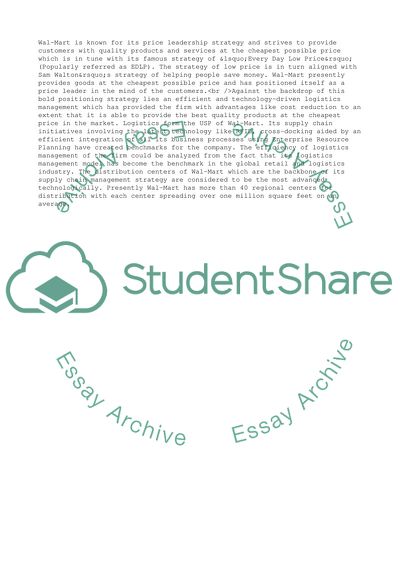Cite this document
(“Logistics and Supply Chain Management at Wal-Mart Coursework”, n.d.)
Logistics and Supply Chain Management at Wal-Mart Coursework. Retrieved from https://studentshare.org/management/1572846-logistics-and-supply-chain-management-at-wal-mart
Logistics and Supply Chain Management at Wal-Mart Coursework. Retrieved from https://studentshare.org/management/1572846-logistics-and-supply-chain-management-at-wal-mart
(Logistics and Supply Chain Management at Wal-Mart Coursework)
Logistics and Supply Chain Management at Wal-Mart Coursework. https://studentshare.org/management/1572846-logistics-and-supply-chain-management-at-wal-mart.
Logistics and Supply Chain Management at Wal-Mart Coursework. https://studentshare.org/management/1572846-logistics-and-supply-chain-management-at-wal-mart.
“Logistics and Supply Chain Management at Wal-Mart Coursework”, n.d. https://studentshare.org/management/1572846-logistics-and-supply-chain-management-at-wal-mart.


